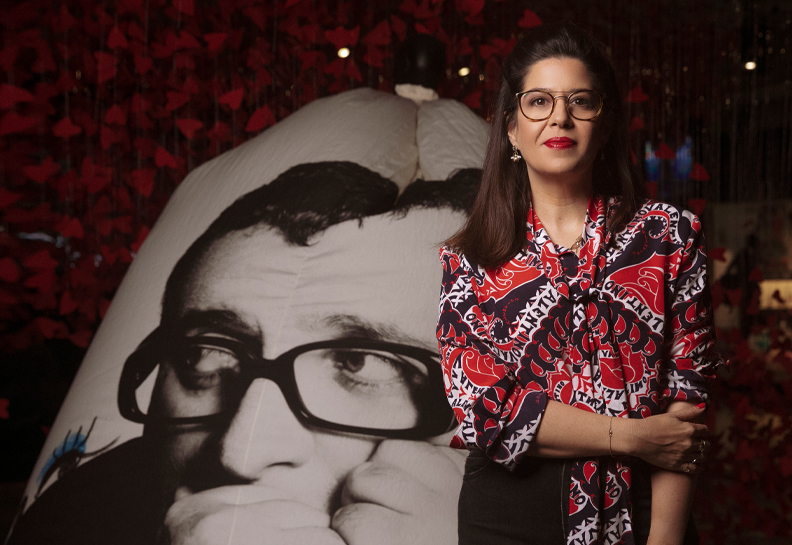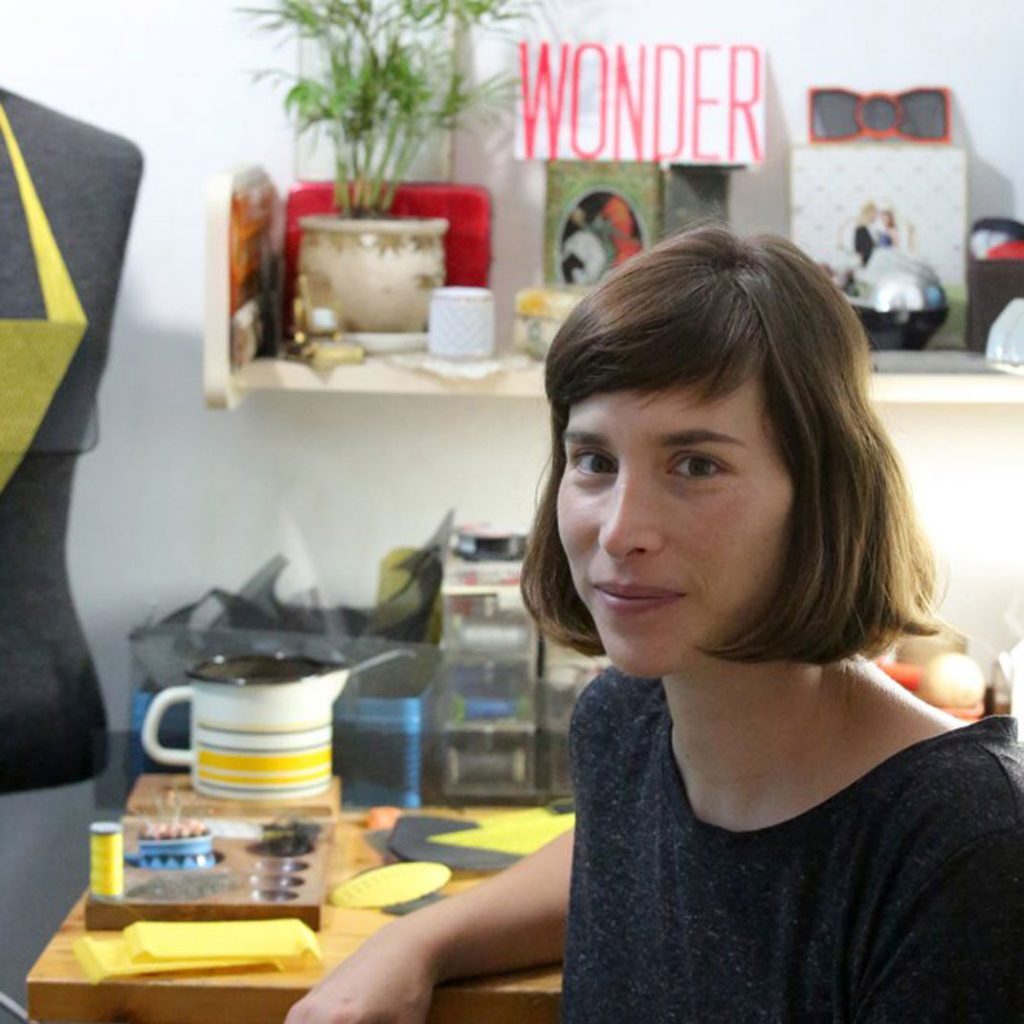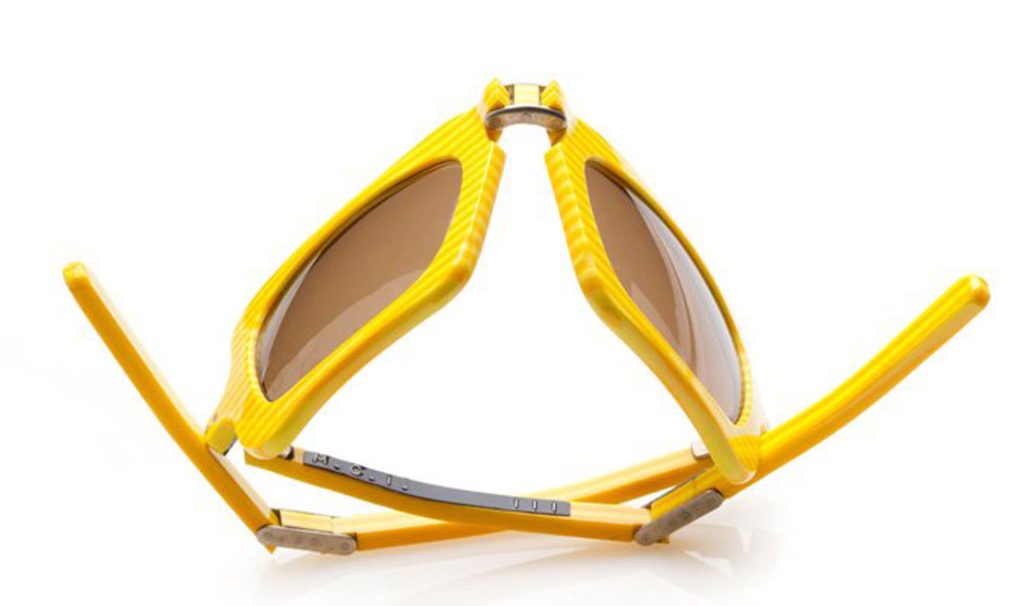Although textile is one of Man’s primary expressions in material and one of the most commonly available materials around us, textile design is a subject that has not yet been suffi
The Department of Textile Design – The Search Continues
Due to the 40th anniversary celebrations at the Shenkar College of Engineering and Design, this year’s graduate exhibition was relocated from its traditional space at the college to the historical “Elite” building.The Department of Textile Design graduate exhibition is on display on the second floor of the impressive building. This is one of the longstanding departments at the college and the only one of its kind in Israel, but it is also the least defined and the least understood by the public.What is textile design? What does it include? It is not always clear what is the final product to which the department’s students and graduates aspire.Although textile is one of Man’s primary expressions in material and one of the most commonly available materials around us, textile design is a subject that has not yet been sufficiently researched. Present-day textile designers are not only engaged in traditional manufacturing technologies, such as knitting and weaving, but also in developing materials and surfaces that can be applied in various spheres, such as product design and architecture.Many designers from different spheres are gravitating nowadays toward the traditional values that the world of textile offers, and extending the boundaries of the field.This encounter between new materials and fibers and ancient techniques yields fascinating products that can be seen in every design sphere today. By contrast, we can also see combinations of familiar natural materials with advanced technologies. This kind of encounter also engenders the creation of a new design language. So, what makes a good textile artwork?It is one that leans not only on traditions, but also dialogues with contemporary art and design. It evokes emotions and an uncontrollable need to reach out and touch the material. It raises questions about how it was made, and is not completely “transparent”. And in many cases it also stimulates and inspires industrial designers, fashion designers, and architects, who can envision additional uses for the created textiles.This year saw a number of trends manifested in the projects of the new graduates.
A return to the Arts and Crafts Movement, with emphasis on craftsmanship, intuitive creativity, handcrafting that frequently combines and develops into design by means of computerized technologies.In contrast with the industrial designer who first imagines the type of product and its purpose and only then searches for suitable materials, the textile designer usually works in a reverse process. Investigating the surface and working with the material at times yield unfamiliar products that have new functions; and sometimes the function is emotions.Two fascinating examples are provided by Yelena Trakhtenberg and Katja Zorin.The first, entitled “Dragon Belt”, which although the designer chose to treat as a textile work of art, could also easily become an accessory or garment in the hands of an haute couture fashion designer. “Protection Belt” is narrow and especially long, entirely hand-woven, incorporating within it strips of fabric, a variety of threads, and feathers. The end result is reminiscent of a ritual object or talisman from distant lands.
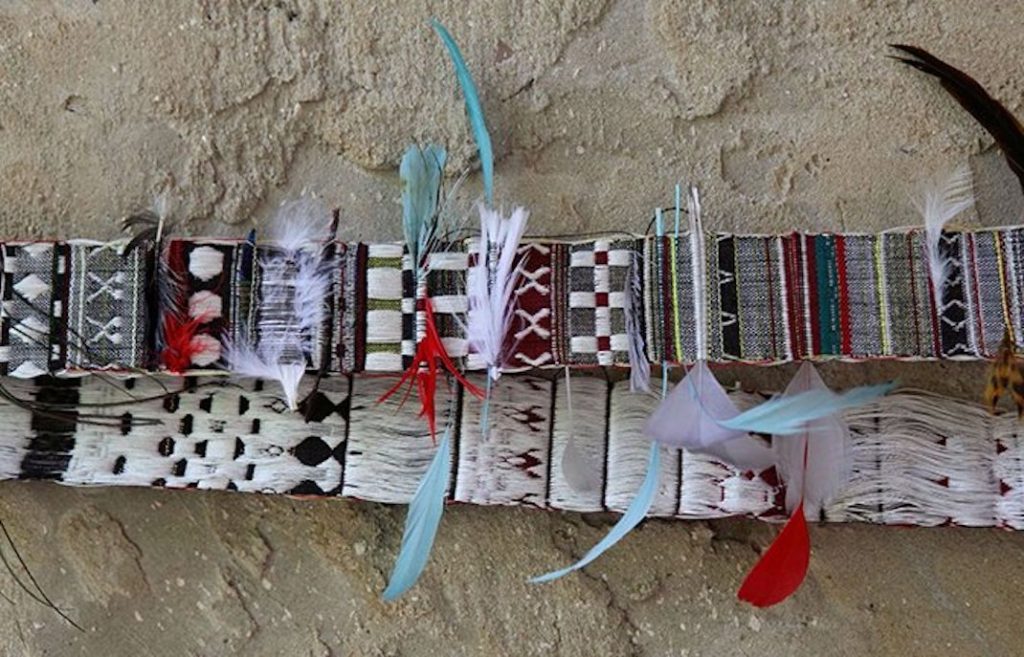
Textile Design 2010 | Yelena Trakhtenberg The second, Katja Zorin’s “Screens”, is a series of fabrics that constitute a kind of dream catcher. Hand embroidery on white cotton fabrics that dialogues with various cultures, including Ukrainian, Romanian, and even Bedouin embroidery. The fabrics evoke wonderment, and many questions along the lines of “how did she do that?”
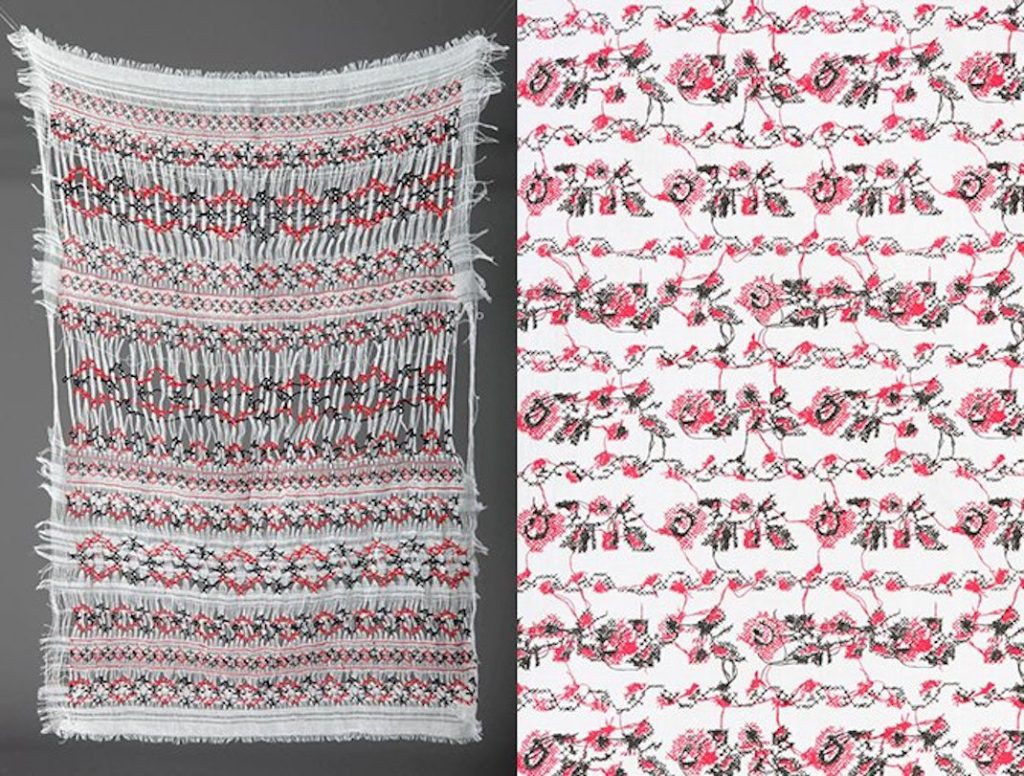
On the whole, this year’s exhibition comprises projects that exist in three different frameworks: textile intended for fashion, textile oriented toward lifestyle (interior design and product design), and textile that is a work of art in its own right, and is intended for a display space such as a gallery.If in the past many of the projects that were presented leaned toward the fashion world, this year sees a substantial change in the department’s perception. Even the textiles intended for and dialoguing with the fashion world are first and foremost textile designs and they do not attempt to provide answers to all the questions the fashion designer will have to contend with, for example the outline of the garment.Tamara Nagdimaev presents a design entitled, “Retrospect in Black and White” as part of the designs included in the Lifestyle section, although in this instance the fabrics could easily be transformed into wool coats in a European winter. The designer presents a group of cloths knitted in black and white. The rhythms, the materials, and colors originate from the landscapes of her childhood in the Caucasus Mountains.
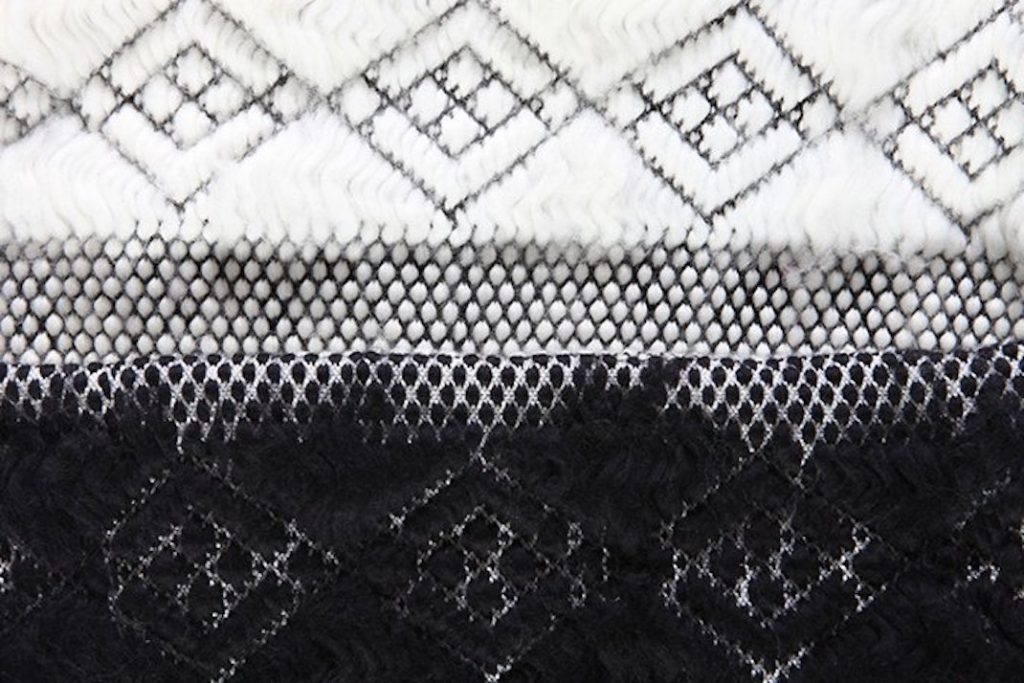
As a rule, the textile designer sees the world as a surface. Sometimes the two-dimensional surface breaches its boundaries and becomes a three-dimensional design, but it will always begin by constructing the two-dimensional cloth.Michal Steiger and Maya Givony present a joint project comprising textile surfaces joined together by reproduced shapes. The entire project is made of industrial felt, and the shapes were joined together by hand. The end result is several textile surfaces with an organic appearance whose shape and purpose can be changed. In this project there is reference to two “hot” trends in contemporary design: the choice of felt as a raw material, and design based on form or “module” repetition.
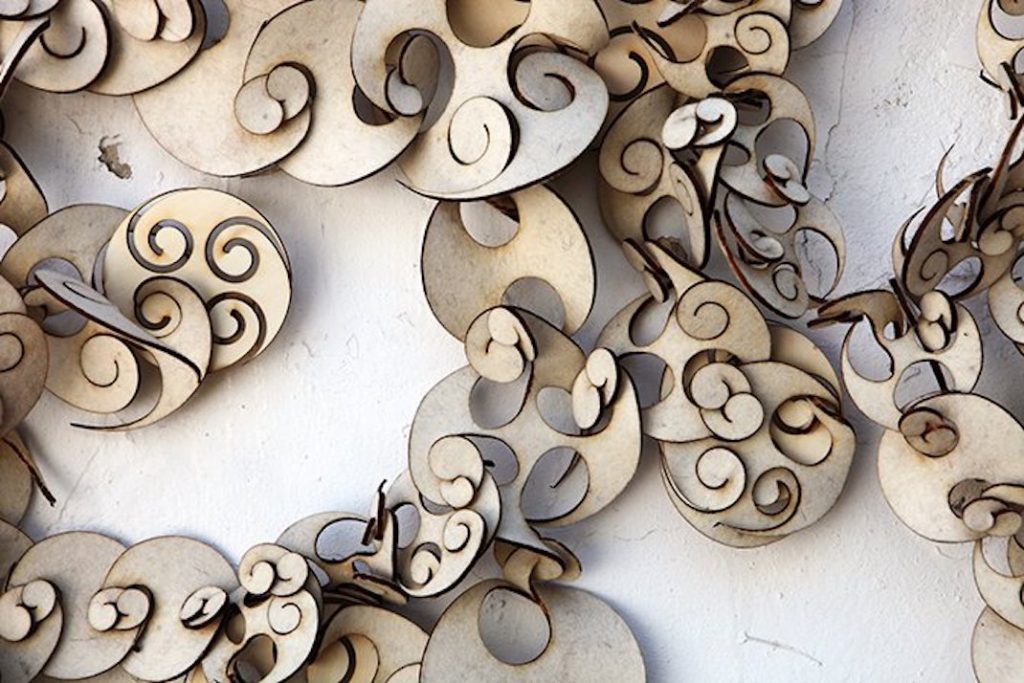
Another important concept in the textile designer’s lexicon is the pattern. Designing the printed image, its repetition and composition on fabric will always be an inseparable part of the textile world.If in the past we were only familiar with traditional printing and silkscreen techniques, a technological revolution is evident in this sphere as well, with the introduction of digital printing and smart pigments. But here, too, despite the introduction of computers and technology, the designer’s sketching, drawing, and rhythm is still of paramount value.Two interesting examples for the use of printed pattern making are the projects of Tali Zelnik and Esther Yaloz. The first is a series of hand printed blue and white cloths, using parchment paper dipped in blue transfer pigments and heat transferred onto the cloth. The resulting appearance is of a multilayered collage resembling falling autumn leaves gradually taking over the cloth. Despite the use of synthetic materials (cloth, paper, dyes), the end result is vibrant and straight from Nature.
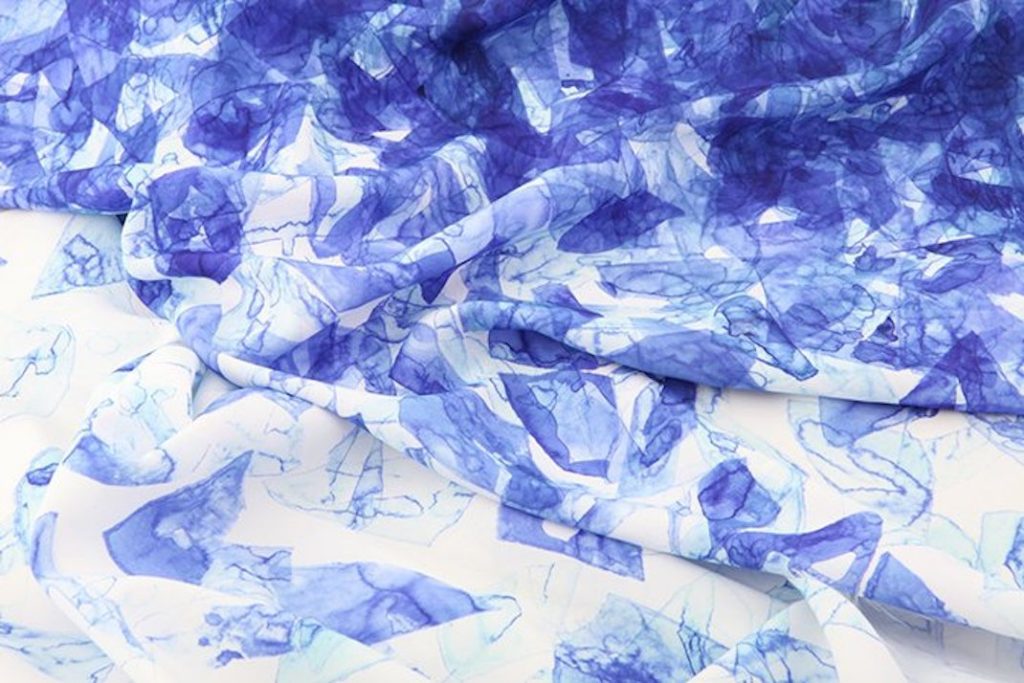
The second project, too, focuses on a printing technique, in this instance an organic design of local wildflowers, creating classical compositions from delicate drawings, and examining the printed image against environmental changes. In this project use has been made of heat-sensitive pigments, electrical wires and so forth. It is interesting to see how the technology influences the print and vice versa. This project raises thoughts about future uses of material, for example trousers that identify heat emitted from a cell phone, and change color.
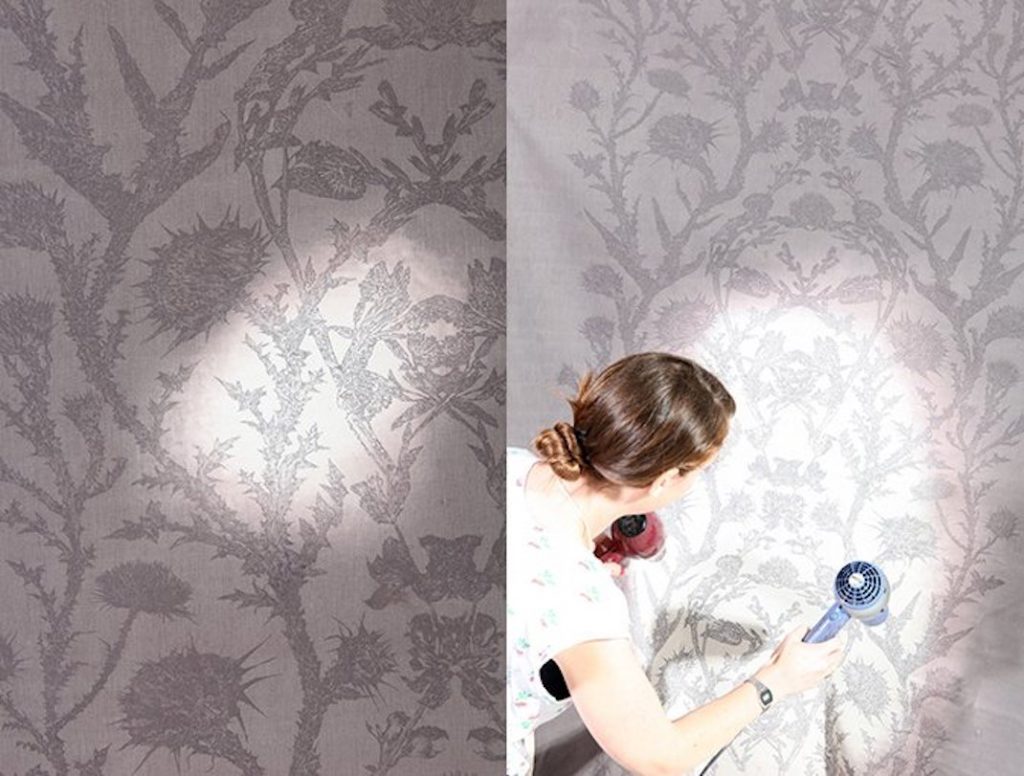
Another trend evident this year is the return to hand weaving. Weaving on a manual loom is once again becoming relevant to the world of art and design, and marks an experimental approach that searches for interesting combinations between materials and rhythms. Hand weaving often serves as a kind of sketchbook or experimental canvas, and results in the creation of an object that can easily become a mass produced product. An example of this is the work of Dana Ben-Shalom, who created a set of textile screens that change their appearance in accordance with the light of the sun.
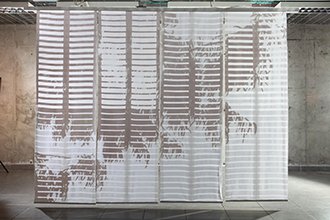
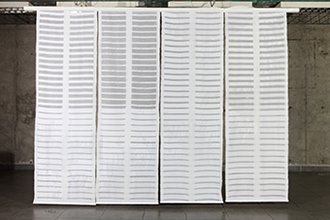
The joint project by Sharon Shalita and Meital Brooks illustrates the magic that can be created when two designers with different specializations join forces. One specializes in printing and the other in weaving, and together they have created a series of hand woven and printed pieces that combine linen with silver and goldfilled wires. These pieces, too, lean on textile traditions, and yet the encounter and tension created between the image and the weaving is intriguing. In them we can also see a combination of art and function, since the use of metal threads makes it possible to change the form of the textile.
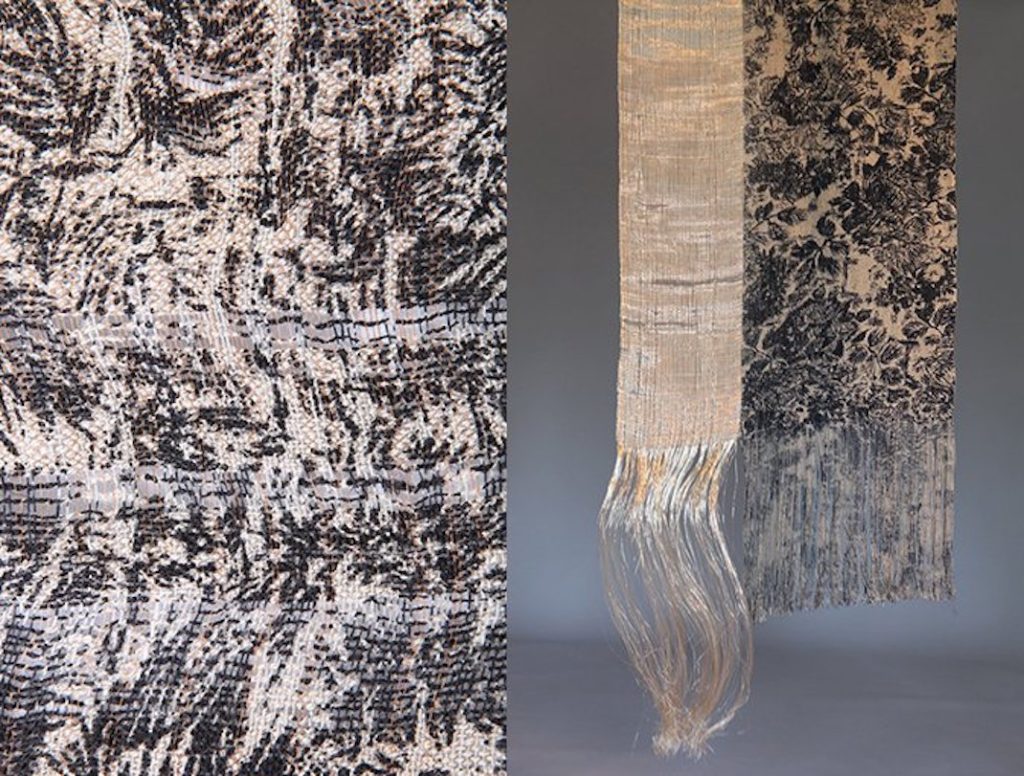
Textile Design 2010 | Sharon Shalita and Meital Brooks
